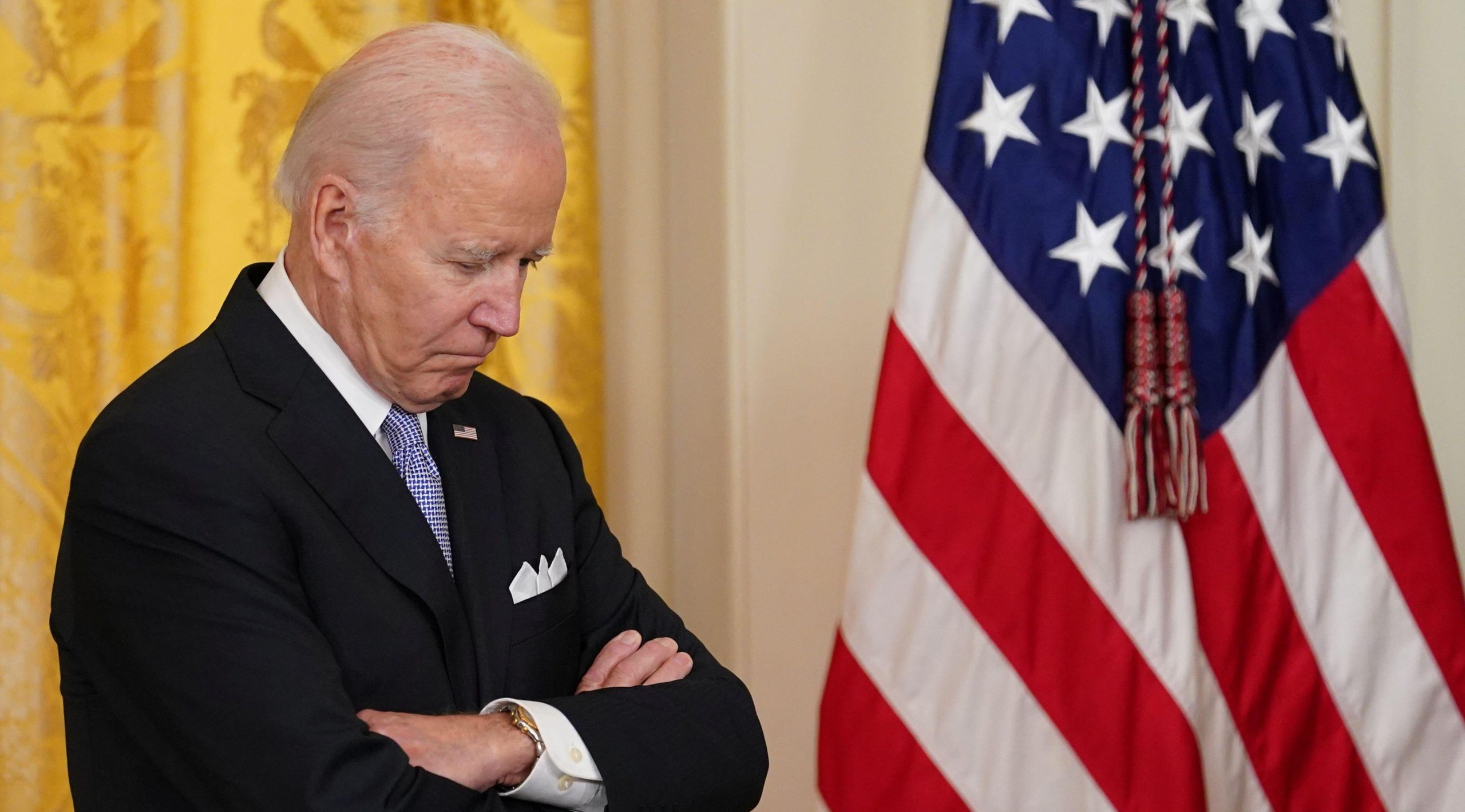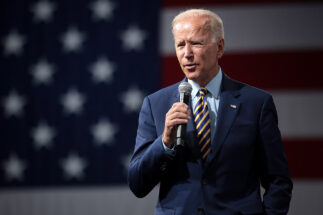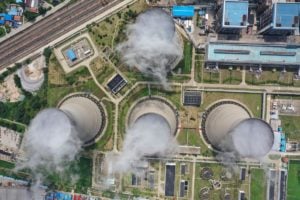The Summit of the Americas, which meets in Los Angeles from 6–10 June, gathers leaders from the Western Hemisphere to “discuss common policy issues, affirm shared values and commit to concerted actions”.
At least, that’s what it’s meant to do.
In reality, preparations for the event have done more to emphasise the political divisions among Latin American nations, highlight the US’s one-sided approach to the region, and undermine faith that meaningful coordination can be reached in key areas such as climate change and the environment.
“I think the summit is going to be an opportunity missed,” says Eric Farnsworth, vice president of the Americas Society and the Council of the Americas. “It’s become a form of performance art. The Latin Americans are complaining about Cuba and Nicaragua, while the US only wants to talk about migration. There’s no real sense of partnership here.”
The Biden administration’s decision to not invite Nicaragua, Venezuela and Cuba to the summit – on the basis that they do not respect the Inter-American Democratic Charter – has drawn criticism from representatives of many of the region’s left-wing governments, with Mexico’s Andrés Manuel López Obrador (AMLO) suggesting he would not attend as a result.
Guatemala’s right-wing president Alejandro Giammattei used the spat as cover to pull out of a visit which would likely involve fielding difficult questions on judicial corruption. Brazil’s Jair Bolsonaro may similarly have been looking to dodge questions over his record on deforestation when he was earlier rumoured to be skipping the event, though a U-turn, and a bilateral meeting with President Biden, now seem to be on the cards.
The headline issue of the summit could also leave many leaders cold.
“This summit is all about migration. It’s about talking to the diaspora and trying to slow the rate of migration to the US,” says Farnsworth. “It’s a domestic issue for the US and it doesn’t hold any interest for South American leaders.”
Greening the agenda
Long ducked as other regional wranglings took precedent, climate and the environment may feature more prominently at this ninth edition of the summit – they are, after all, becoming increasingly difficult issues to overlook for the Americas.
Caribbean and Central American nations are among the most threatened by rising sea levels and hurricanes, which research shows are getting progressively wetter and more intense. The countries of the Southern Cone have been hit by droughts that have decimated agricultural output and increased reliance on foreign energy imports. Meanwhile, warming waters are reducing fishing catches off the coast of Peru and Ecuador.
Latin America is one of the most divided continents when it comes to climate change. It has been unable to define even a minimal agenda
According to an October 2021 concept paper from the Organization of American States (OAS), whose members the summit is designed to bring together, the meeting will have four priority areas: health and the recovery from the Covid-19 pandemic; equitable growth and prosperity; strong and inclusive democracies; and “Our Green Future” – key themes reiterated by the US State Department. The latter green aspect includes a call for cooperation on promoting the energy transition, climate adaptation measures and the training of a green workforce. It’s more explicit on the problems, to be sure, but hopes are tempered by those closest to Latin American environmental politics, who point to a long history of failure to reach agreement.
“Latin America is probably one of the most fragmented and divided continents when it comes to climate change. It has been unable to define even a minimal agenda,” says Manuel Pulgar Vidal, leader of the World Wide Fund for Nature’s (WWF) climate law practice and a former Peruvian Minister of the Environment. “The African Union has presented a unified position, but in Latin America each country presents based on its own ideological and market interests.”
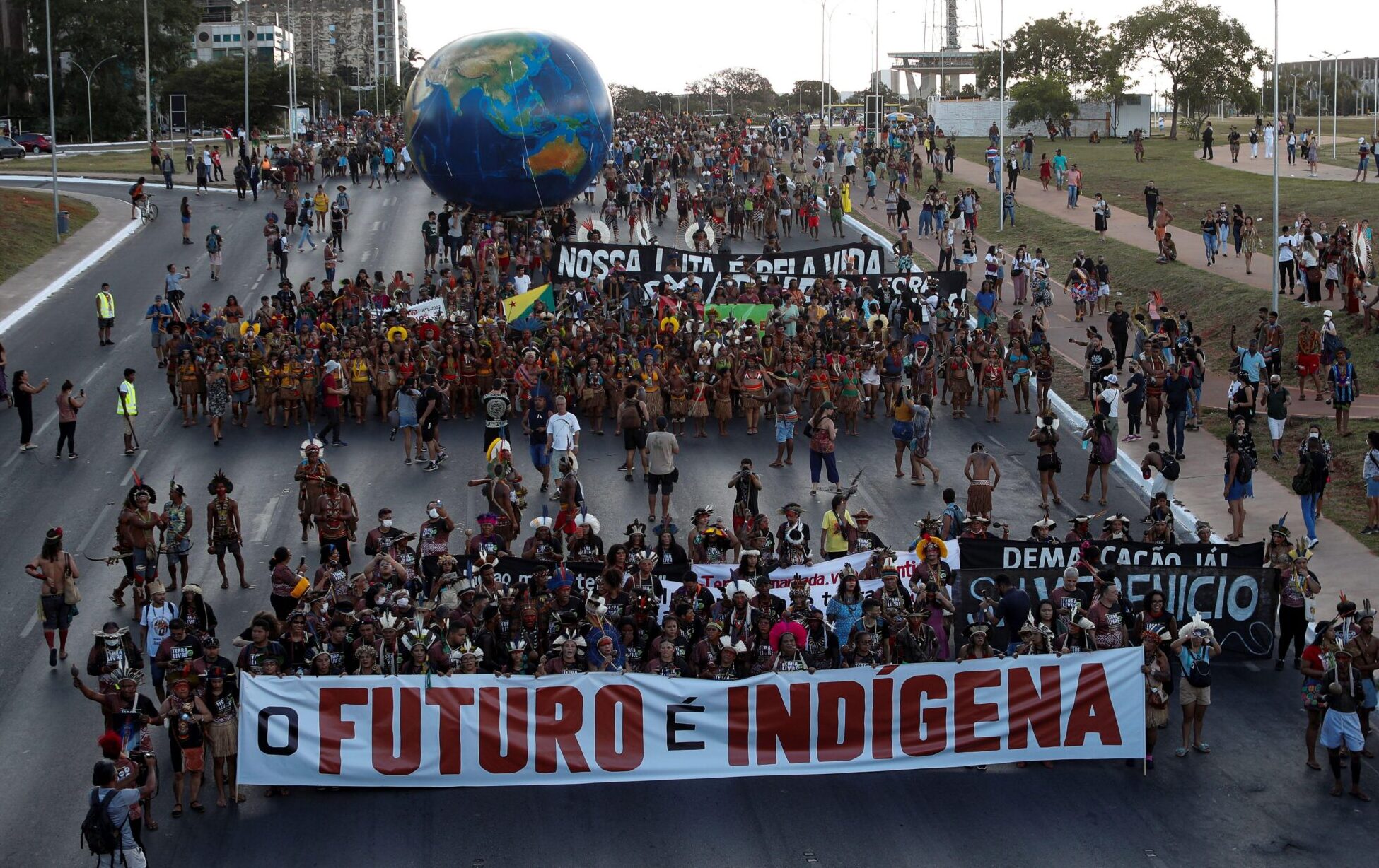
The region has been historically divided in three groups: left-wing governments, right-wing pro-market countries, and Brazil, which often has a separate agenda. The differing importance of hydrocarbon industries in each country and the rise of populism have also complicated consensus, according to Pulgar.
“While Chile has bet on green hydrogen power, most countries have been incapable of identifying the opportunity in alternative energy sources and have been trapped by a dependence on fossil fuels,” he says. “Countries haven’t anchored themselves to a long-term vision, they haven’t started to look at climate change from an economic perspective.” He points to a 2020 report by the Economic Commission for Latin America and the Caribbean (CEPAL), which forecasts that the economic costs of climate change could rise to 5% of current regional GDP by 2050, while losses and damage from extreme events could cause double-digit dips in GDP in some countries.
Pulgar highlights the failure of the Amazon Cooperation Treaty Organization to prevent the continued logging and burning of the forest as one example of failures in coordination.
But efforts must continue, and bringing the region’s big-hitters to the table – most notably, deforestation hotspot Brazil – will be vital. “It’s tough to pursue a hemispheric climate agenda if the president of Brazil isn’t there,” says Farnsworth. “Bolsonaro is in the midst of a presidential campaign and would probably face protests in the US, so from a political perspective there’s little incentive for him to attend.” His recent U-turn on the summit will therefore come as some small relief; his record on the environment while in office, however, means few will be holding their breath on any progress in Los Angeles from his corner.
Declining influence for summit – and US
Farnsworth attended the first Summit of the Americas, held in Miami in 1994, when representatives made significant strides towards an open trade agenda for the region. The changing geopolitical context – accentuated by Washington’s neglect of Latin America and China’s increasingly wide-ranging interaction with the region – appears to have dampened the summit’s influence on policy.
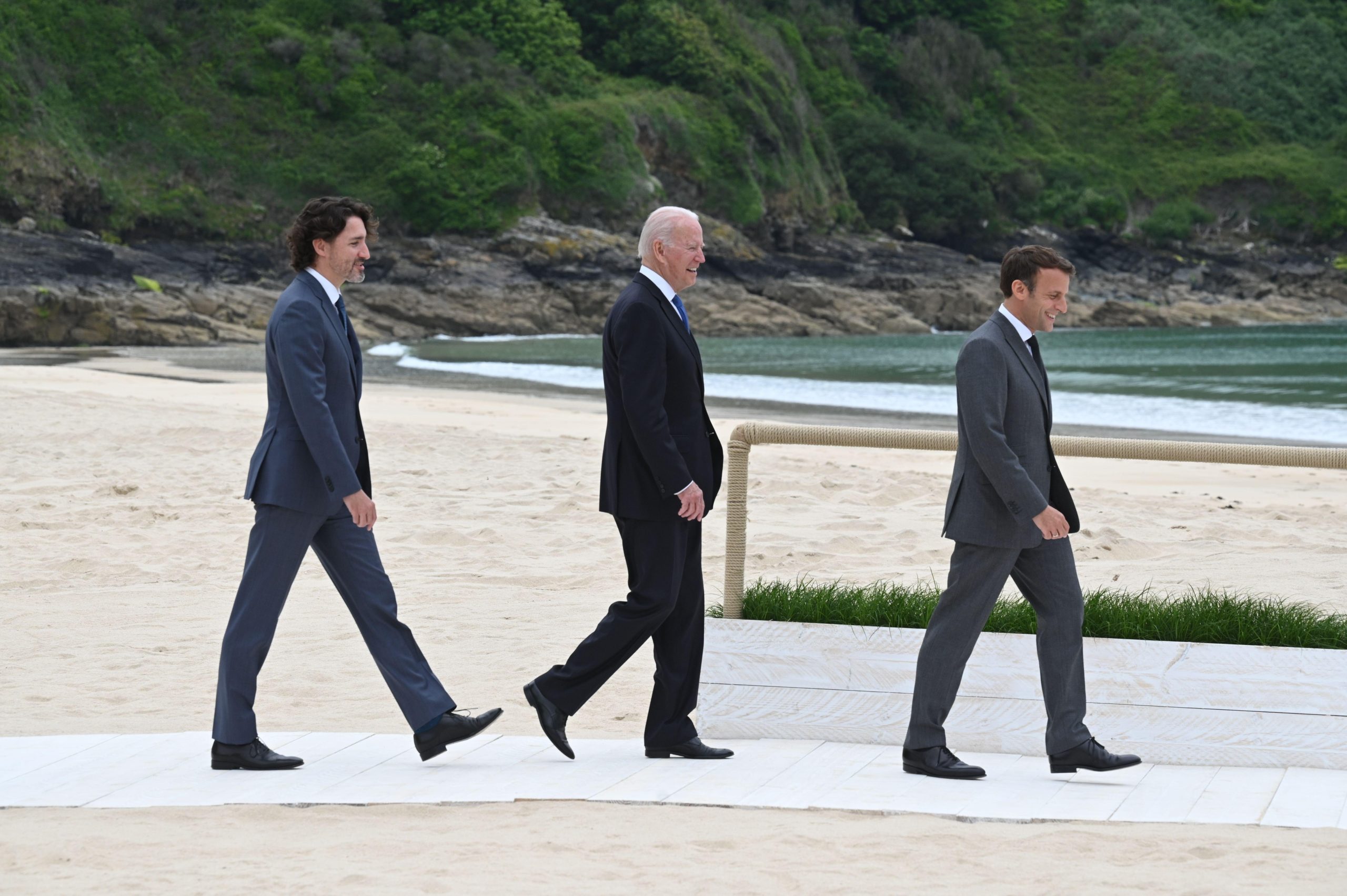
“We were coming out of the Cold War and the US was the only superpower in the world,” he says. “There was a confluence of interests. Latin American nations wanted to be closer to the US, which had come out of the Cold War with economic growth and democratic governance. Meanwhile US strategic thinkers saw regional blocs forming with the European project, and around Japan in Asia, and wanted to organise the hemisphere from a strategic perspective. Now that’s completely broken down. The US does not see Latin America from a strategic perspective. I personally believe that’s a colossal mistake.”
Off the back of their summit snub, leaders and delegates from Cuba, Nicaragua and Venezuela, as well as Bolivia and several Caribbean states, issued some fittingly anti-US statements at last week’s meeting of the Bolivarian Alliance for the Peoples of Our America (ALBA), held in Havana. Its 10 member states, the joint declaration reads, “reject the arbitrary, ideological and politically motivated exclusion of several of our countries from the so-called Summit of the Americas”, and “denounce the discriminatory treatment by the Unites States as the host country”.
These very public, perhaps not unexpected, regional tensions have overshadowed the lead-up to the summit, and won’t be simply left at the front door when meetings begin on Monday. Anyone expecting to see significant coordinated policy agreements on climate change is likely to be disappointed, Pulgar says, but he believes some noble work can yet be done.
“Any discussion of the environment at the summit should have modest but concrete goals,” Pulgar says. “My hope is that we can focus on biodiversity, which will be the subject of COP15 in China, and which is important to Latin America, as a mega-diverse continent. That’s a theme that would allow us to accelerate progress in other areas.”
